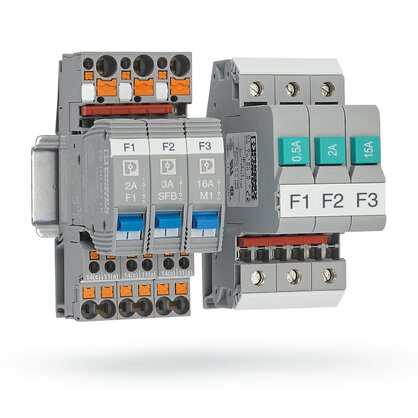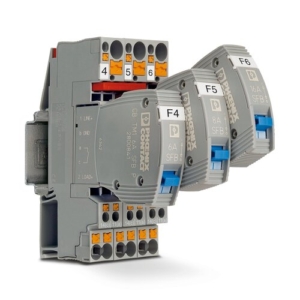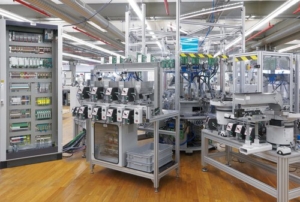Θερμομαγνητικές
Thermomagnetic device circuit breakers
Thermomagnetic circuit breakers feature a thermal tripping mechanism as well as a magnetic tripping mechanism.
This means that the protective devices trip faster in the event of a short circuit compared to thermal fuses.
With their various characteristic curves, the device circuit breakers also satisfy the requirements for long cable paths. They, therefore, provide ideal protection against overload and short-circuit currents.



